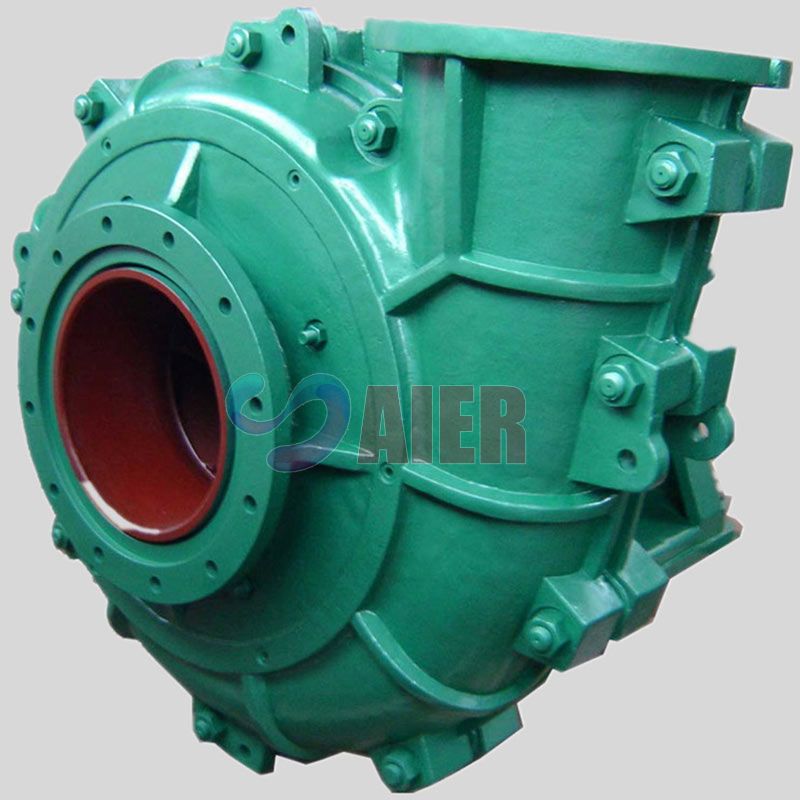نويابىر . 05, 2024 21:49 Back to list
Design and Performance Analysis of Ash Slurry Pump Impellers for Efficient Operation
Understanding Ash Slurry Pump Impellers Design, Function, and Applications
In various industrial processes, particularly those related to mining, power generation, and wastewater treatment, the management of slurries—mixtures of solid particles suspended in liquids—is essential. Among the critical components of systems designed to handle these slurries are ash slurry pumps, which are specifically engineered to transfer mixtures that include ash and other particles. A key component of these pumps is the impeller. This article delves into the design, function, and applications of ash slurry pump impellers.
The Role of Impellers in Ash Slurry Pumps
An impeller is a rotating component of a pump that increases the kinetic energy of the fluid, facilitating its movement through the pump and into the desired location. In ash slurry pumps, the impeller is particularly crucial because it directly affects the pump's efficiency, wear resistance, and overall performance under challenging operating conditions.
Ash slurries can be abrasive, especially when they contain coarse particles. Therefore, the design of the impeller must account for the wear and tear associated with these materials. The impeller not only helps in fluid transport but also plays a significant role in determining the pump's head (the pressure at which it can operate), flow rate (volume of fluid delivered per unit time), and power consumption.
Design Considerations for Impellers
The design of impellers for ash slurry pumps typically involves several critical factors
1. Material Selection Given the abrasive nature of ash slurries, impellers are often made from high-chromium iron, stainless steel, or other durable alloys that can withstand wear and abrasion. Additionally, some manufacturers may apply coatings to enhance the wear resistance of impellers.
2. Impeller Geometry The shape and size of the impeller blades can significantly affect performance. A semi-open or closed impeller design is commonly used to optimize the efficiency and minimize the risk of clogging. The blade angle, diameter, and number of blades all contribute to how well the impeller will perform in transferring slurry.
3. Hydraulic Performance Engineers must analyze the hydraulic characteristics of the impeller to ensure it can deliver the necessary flow rates and pressures efficiently. Computational fluid dynamics (CFD) simulations are often utilized to predict flow patterns and identify potential areas of improvement in the design.
ash slurry pump impeller

4. Ease of Maintenance Given that ash slurries can lead to rapid wear, designing impellers that are easy to access and replace is essential for minimizing downtime and maintenance costs.
Applications of Ash Slurry Pumps with Efficient Impellers
Ash slurry pumps, equipped with high-performance impellers, are widely used in several industries
1. Coal-Fired Power Plants These facilities generate significant amounts of ash as a byproduct of burning coal. Ash slurry pumps are essential for transporting this waste efficiently, ensuring compliance with environmental regulations and promoting sustainable practices.
2. Mining Operations In mining, impellers help transport slurry containing minerals and waste materials. The ability to handle high solids concentration while maintaining pumping efficiency makes these pumps vital for ore extraction and processing.
3. Wastewater Treatment In municipal and industrial wastewater treatment, ash slurry pumps are employed to move sludge and other byproducts. Efficient impeller design is crucial for maintaining optimal flow rates in the treatment process.
4. Environmental Remediation Ash slurry pumps also find applications in the remediation of contaminated sites where the transport of slurry consisting of hazardous materials is required. Impeller performance directly influences the effectiveness of the cleanup efforts.
Conclusion
In conclusion, ash slurry pump impellers are pivotal components in the efficient transport of ash and other slurry mixtures in various industrial settings. Their design intricacies, material selection, and compatibility with the specific properties of the slurry can significantly impact the performance and longevity of the pump. As industries continue to evolve and face new challenges, the role of advanced pumping technology, including optimized impeller design, will be crucial in achieving more sustainable and efficient operations. Understanding the dynamics of these components not only aids operators in selecting the right equipment but also enhances overall system performance and reliability.
-
China SP Slurry Pump Supplier – Vertical Sump Pump Rubber Lined Manufacturer & Factory
NewsJul.05,2025
-
High Quality Submersible Slurry Pump with Agitator Manufacturer & Factory Reliable Submersible Pump Solutions
NewsJul.05,2025
-
Cheap Dredge Pump for Sale – China Cheap Submersible Pump for Wastewater Supplier
NewsJul.05,2025
-
Wholesale Casting Dredge Pump Part - High Quality China Manufacturers & Suppliers
NewsJul.04,2025
-
High Quality Slurry Pump Seals Reliable China Suppliers & Manufacturers
NewsJun.24,2025
-
High Quality Portable Submersible Slurry Pump Supplier & Manufacturer from China
NewsJun.10,2025
